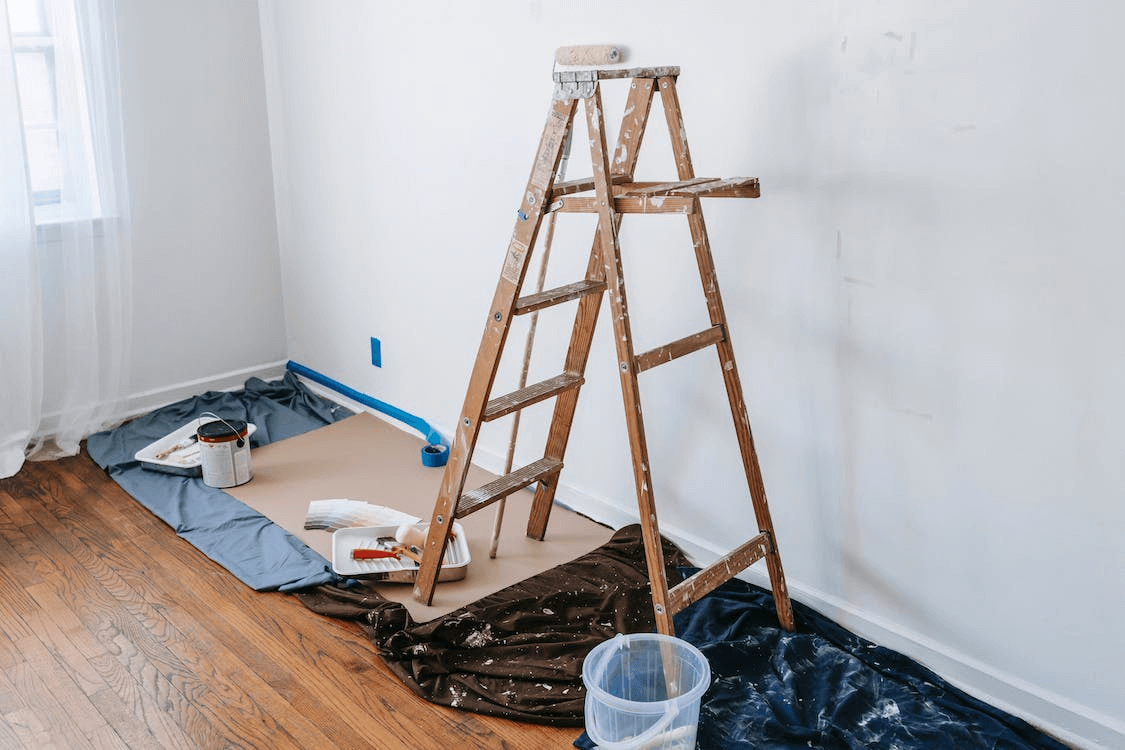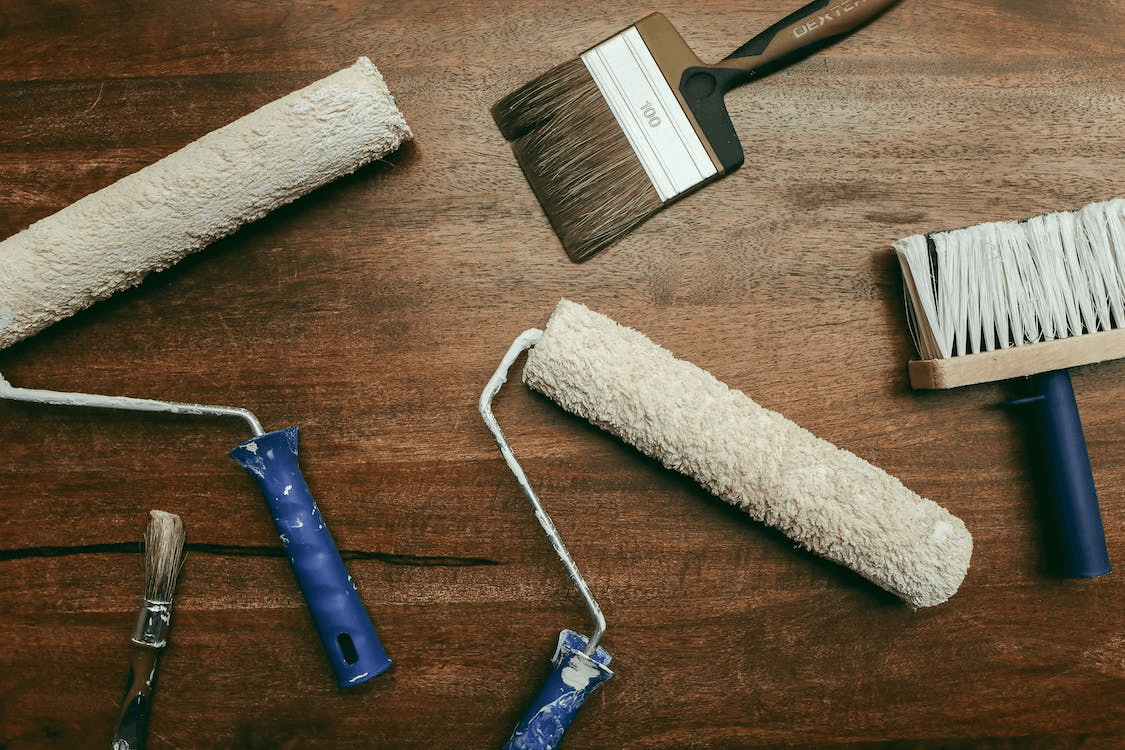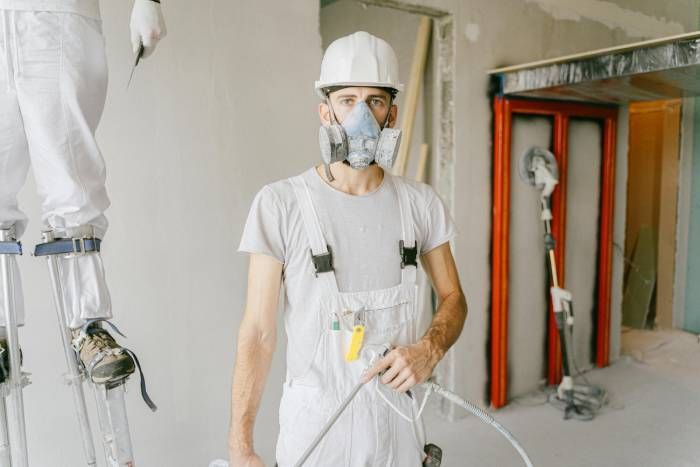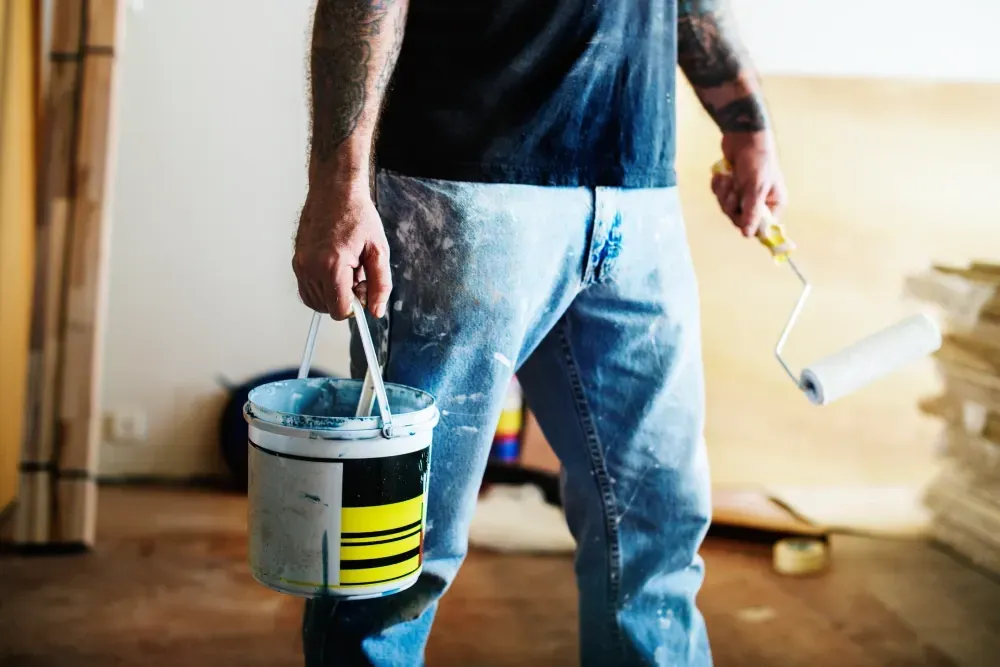Need Window Cleaning, Power Washing & Gutter Cleaning?
We do that too! Check out J&S Clean Pros:
Solving Common Paint Cleaning Challenges
It may seem simple enough to apply a fresh coat of paint to your house. But don’t get fooled. Understanding common paint cleaning problems can be tricky, and when anything goes wrong after all your effort, it can be extremely upsetting. It is advisable to clean a little more frequently if you want flawlessly painted walls to last longer. Not only will your paint look better, but it will stay longer if those newly painted walls are well-maintained. In this post, we’ll discuss common paint cleaning challenges and how to address them properly to avoid such unsightly paintwork.
Common Paint Cleaning Challenges and How to Address Them
Cleaning paint can present various challenges depending on the surface, the type of paint, and the nature of the stain. Each of these challenges may require
different cleaning and painting methods, tools, and products to address while minimizing damage to the painted surface effectively.
Dried Paint on Surfaces
For water-based paint, try soaking the area with warm, soapy water and gently scraping away the paint with a putty knife or scraper. For oil-based paint, use mineral spirits or paint thinner. Always test in an inconspicuous area first.
Paint Splatters on Glass
Soak a cloth in warm, soapy water and lay it over the splatter for several minutes to soften it. Then, gently scrape away the paint using a razor blade or a glass scraper. Avoid using abrasive materials that could scratch the glass.
Paint Stains on Fabric
If the paint is still wet, blot it with a clean cloth to absorb as much as possible. For dried paint, scrape off any excess gently, then treat the stain with a stain remover or a mixture of dish soap and water. Launder the fabric according to its care instructions.
Paint on Carpets or Upholstery
For wet paint, blot the area with a clean cloth to absorb as much paint as possible without spreading it further. For dried paint, scrape off excess with a dull knife, then apply a mixture of dish soap and warm water, blotting until the stain lifts. Consider professional cleaning for stubborn stains.
Paint Spills on Hardwood Floors
Immediately blot the spill with a clean cloth to prevent it from seeping into the wood. For dried paint, gently scrape it off using a plastic scraper or putty knife, being careful not to scratch the floor. Clean the area with a mild detergent and water, then dry thoroughly.
Paint Brushes and Rollers with Dried Paint
Soak the brushes or rollers in warm, soapy water to soften the paint. Use a brush comb or wire brush to remove the softened paint, then rinse thoroughly. Repeat as necessary until the brushes or rollers are clean.
Paint Spray on Metal Surfaces
Use a paint thinner or solvent appropriate for the type of paint to soften and remove the spray. Apply the solvent with a cloth or sponge, then gently scrub the area until the paint loosens. Wipe clean with a damp cloth and dry thoroughly.
Cleaning Painted Outdoor Surfaces
Start by sweeping or brushing away loose debris. For dirt and grime, use a mixture of mild detergent and water applied with a brush or pressure washer (set to a low pressure) to clean the surface. For mildew, use a solution of bleach and water (or a commercial mildew remover) following the manufacturer's instructions. Rinse thoroughly with clean water after cleaning.
Removing Paint from Porous Surfaces like Brick or Concrete
Begin by scraping off any loose or flaking paint using a wire brush or scraper. Next, apply a paint stripper specifically designed for porous surfaces and follow the manufacturer's instructions. You may need to repeat this process several times, as porous surfaces often require thorough stripping. After stripping, rinse the surface with water and allow it to dry completely before applying new paint or sealant.
Paint Cleaning FAQs
How do I remove paint from walls without damaging the surface?
To remove paint from walls without damaging the surface, start by testing a small area with a mild soap and water solution. For water-based paint, gently scrub the area with a sponge or soft-bristled brush. For stubborn stains, consider using a paint remover or solvent suitable for the wall's surface material. Always follow the manufacturer's instructions and test in an inconspicuous area first.
What is the best way to clean paintbrushes and rollers?
The best way to clean paint brushes and rollers depends on the type of paint used. For water-based paints, soak the brushes and rollers in warm, soapy water and gently agitate to remove paint residues. For oil-based paints, use mineral spirits or paint thinner to dissolve the paint, followed by rinsing with soap and water. Use a brush comb or wire brush to remove stubborn paint residues, and always allow brushes and rollers to dry thoroughly before storing.
How can I remove dried paint stains from clothing?
Removing dried paint stains from clothing can be challenging but not impossible. Start by scraping off as much dried paint as possible with a dull knife or spoon. Then, apply a stain remover or a mixture of dish soap and warm water to the stained area and let it sit for a few minutes. Gently scrub the stain with a soft brush or cloth, and launder the garment according to its care instructions. Repeat the process if necessary before drying.
Is it safe to use chemical paint removers indoors?
While chemical paint removers can effectively remove paint, they often contain strong solvents and should be used with caution indoors. Ensure proper ventilation by opening windows and using fans to disperse fumes. Wear protective gear such as gloves, goggles, and a mask to prevent contact with the skin and inhalation of fumes. Follow the manufacturer's instructions carefully and dispose of used chemicals according to local regulations.
Conclusion
It can be challenging to tackle painting projects on your own. At J&S Paint Pros, we guarantee your happiness, and you can rest assured that your home is in capable hands. It's necessary to understand common paint cleaning challenges and how to address them with the right tools and skills. You may rely on our experts to complete the task correctly, quickly, and with high-quality supplies.
Contact us today.













